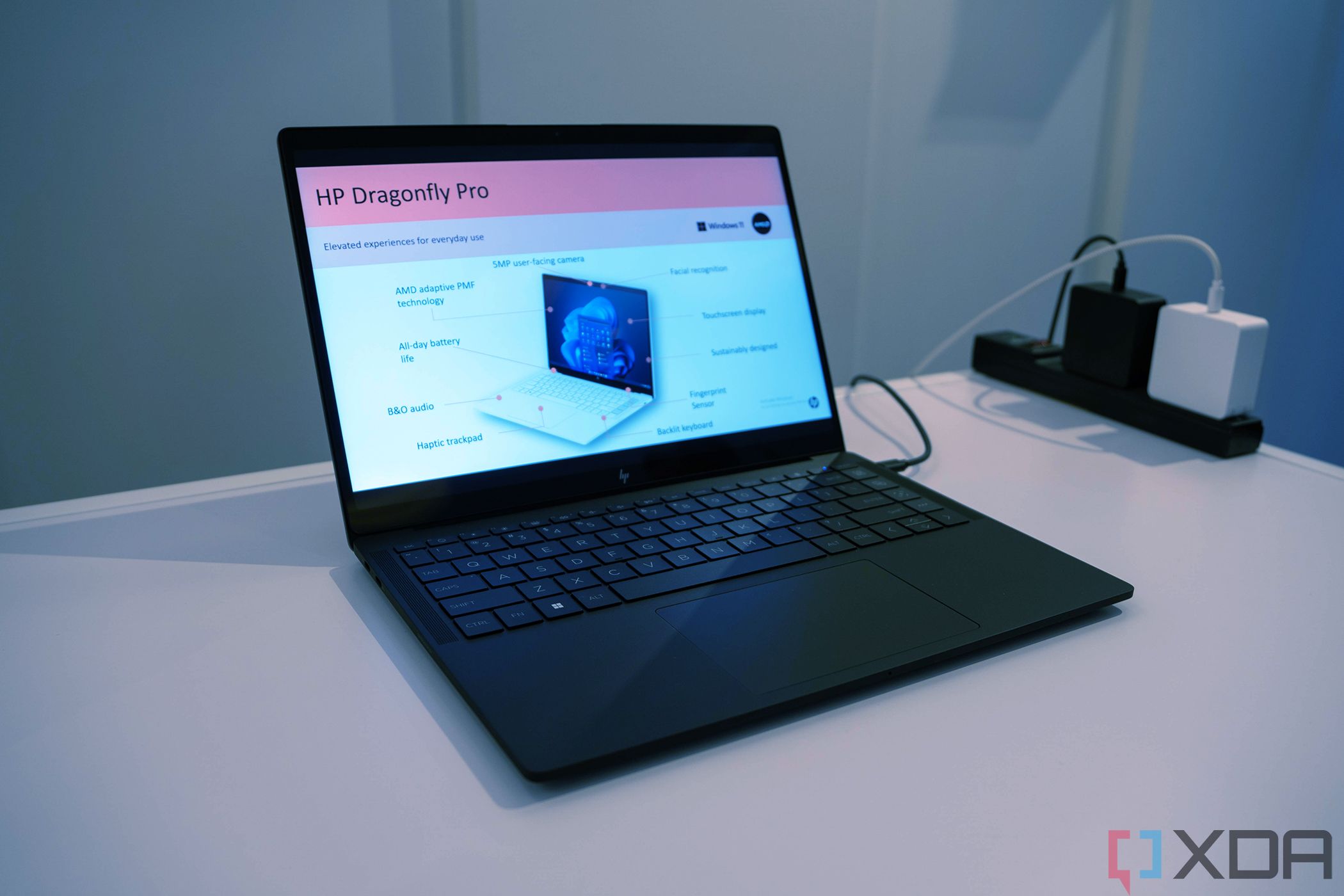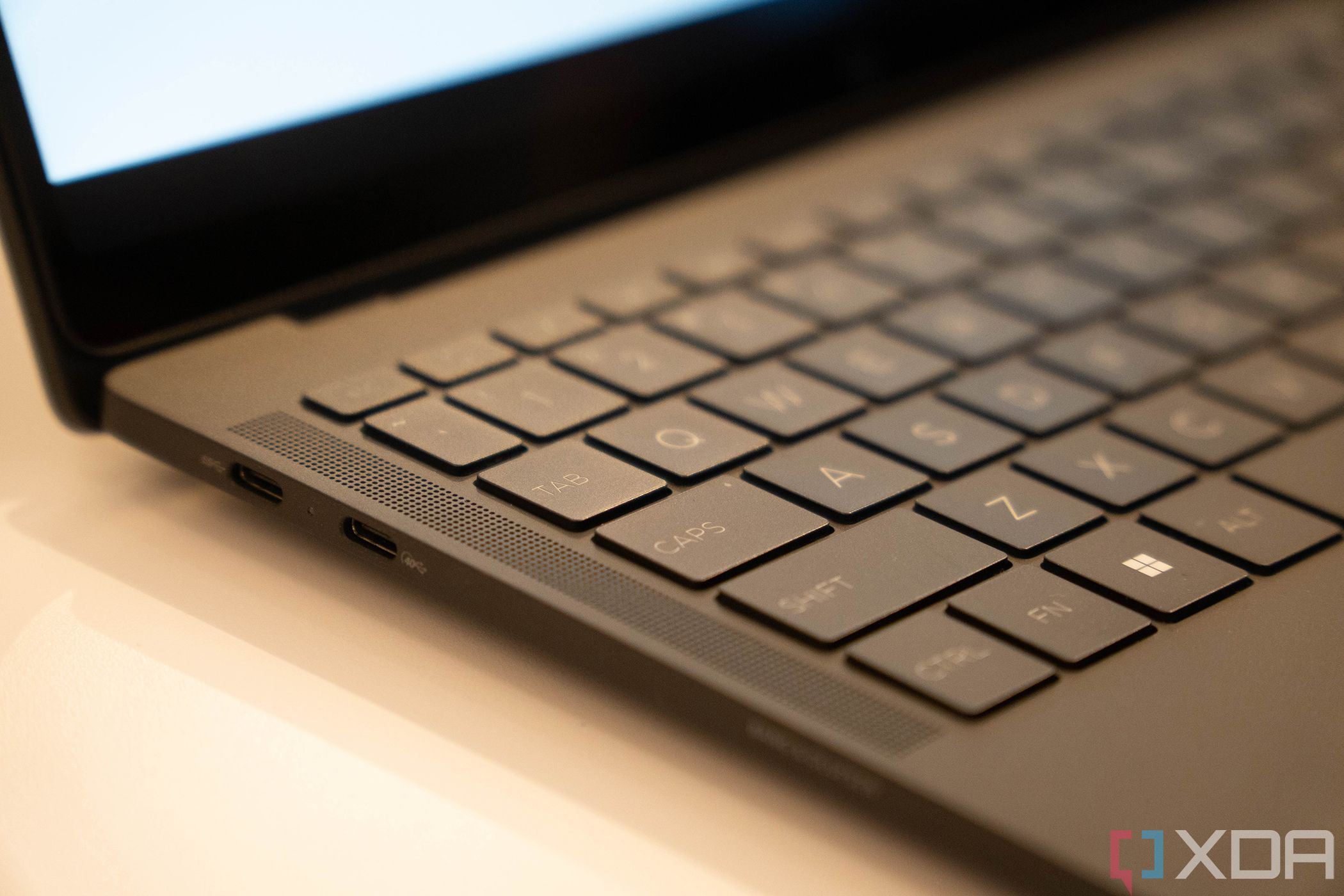Unlike other laptop lineups, the HP Dragonfly Pro series uses both ChromeOS and Windows 11. There's the HP Dragonfly Pro Chromebook which runs ChromeOS, and then the HP Dragonfly Pro, which runs Windows. But what about Linux? While you can run Linux on both of these great HP laptops, you'll need some workarounds.
On the standard HP Dragonfly Pro, you can virtualize Linux, run Linux apps with the Windows Subsystem for Linux, or try to run it in place of Windows with the risk of driver issues and certain parts of your device not running right. Then, with the HP Dragonfly Pro Chromebook, you can run Linux apps on top of ChromeOS apps. Here's everything else you need to know.
Linux on the HP Dragonfly Pro
Officially, the HP Dragonfly Pro only can run Windows 11. If you want to try an alternative operating system like Linux, it's best to virtualize it on top of Windows 11. You can do this using an app like VMWare or Oracle Virtualbox. Simply download the ISO file for your Linux flavor, download the apps, then follow the in-app instructions. This is the safest way to run Linux on the HP Dragonfly Pro. You won't impact your main Windows operating system since Linux will run in a virtualized environment.
Alternatively, you also can use the integrated Windows Subsystem for Linux (WSL), which can let you run graphical user interface (GUI) Linux apps on top of Windows. You just won't get the full Linux experience. We have a guide for setting up the WSL.
If you're the more technical type, you have some options. You can dual-boot Windows and Linux (the safer option),or you can replace the Windows operating system with Linux on the HP Dragonfly Pro. Doing so comes with huge risks, as drivers for things like the webcam, trackpad, and keyboard might not be available on Linux, and you could end up having a non-functioning device. If you accept the risk, you can run Linux by downloading the ISO for your Linux flavor, creating an installer drive, and then booting your HP Dragonfly Pro from the drive and formatting the laptop's SSD for Linux. You'll lose all your data and won't be able to go back to Windows unless you re-install the operating system.
Linux on the HP Dragonfly Pro Chromebook
On the HP Dragonfly Pro Chromebook, you can't replace ChromeOS with Linux, as the bootloader on the device is locked to ChromeOS by default. What you can do, though, is run Linux GUI apps on top of ChromeOS. This process takes as little as 10 minutes to set up. We have a guide explaining how to start with Linux on ChromeOS. It just takes a few simple steps, and once everything is set up, you can go into a Penguin terminal to run commands to install your favorite Linux apps.
So that's all there is to know about running Linux on the HP Dragonfly Pro. The more straightforward solution is to virtualize Linux on top of Windows on the HP Dragonfly Pro or use the Windows Subsystem for Linux. Meanwhile, you can run Linux apps on top of ChromeOS natively.


